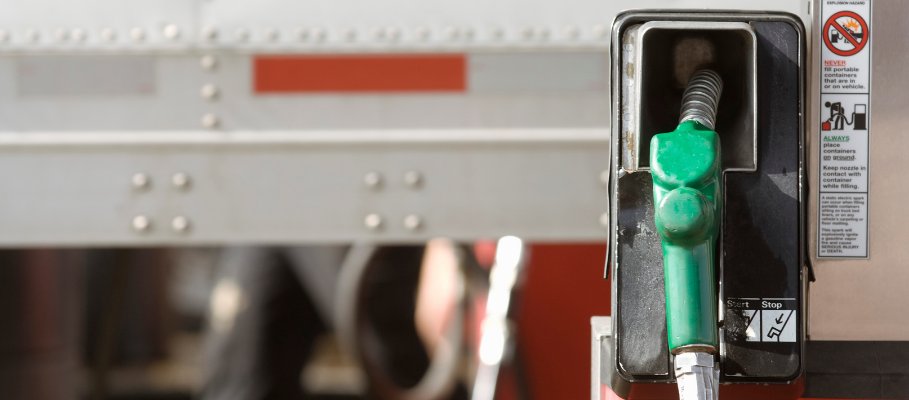In 2005, diesel engine manufacturers weren’t entirely sure how to attain the EPA’s future emissions regulations and standards. Ultimately, they were faced with having to think on their feet and start inventing new parts and systems if they planned on staying in business.
Not surprisingly, the industry delivered. The invention of SCR systems used fluid formulas to scrub nitrous oxides out of the diesel exhaust smoke chemically. This led to cleaner air and gave a much-needed boost to big rigs’ fuel economy. Experts say aftertreatment systems reduced harmful emissions by up to 90% for hydrocarbon and carbon dioxide and up to 50% in particulate matter.
While trucking companies and engine manufacturers feel the systems have proven safe and reliable, many aren’t fans of the amount of maintenance requirements to keep them functioning correctly.
→ Top ways to prepare for roadside inspections
The reality of diesel emissions maintenance
Many don’t realize that before implementing the aftertreatment systems, private long-haul fleets were averaging around $1,200 per month on exhaust system maintenance, such as replacing a rusted or cracked pipe or fixing a turbo failure. Once the SCR systems were installed, companies were hit with an average of $27,000 per month in repairs. This 1,837% increase in expenses left fleet owners at a loss for words. We know what you’re thinking—how does any amount of maintenance add up to almost $30K per month? For optimal performance, today’s diesel emissions systems require EGR coolers and valves, diesel particulate filters, DEF dosing systems, and several sensors to work together in perfect harmony. If one item malfunctions or needs repair, the system will fail and force the heavy-duty rig and its driver to cease all operations, leaving the fleet owner with a severe financial burden.
→ Tips for tire maintenance and repair
The actual cost of diesel emissions repairs
In 2017, the American Trucking Associations’ Technology & Maintenance Council began monitoring various repairs and the costs associated with them to help fleets analyze how their fleets’ performance could be improved and, in turn, limit expenses. When data was first collected, exhaust system repairs were approximately $513; a year later, they increased by 27%, putting them at $405 per repair. Today, the costs are still rising as new technology, parts, and companies emerge.
Understandably, fleet owners and operators are tired of these looming and ever-increasing prices. However, the TMC found that these repairs wouldn’t be necessary with a bit of forethought.
Heavy-duty emissions maintenance tips
To combat costs and constant repairs, fleets have decided to operate outside of the aftertreatment system manufacturer’s recommendations. While the suggested intervals for repair and maintenance are fair in ideal scenarios, companies have quickly realized that it’s more effective to operate based on actual variables. These variables include truck usage, geography, fuel quality and consumption, weather conditions, applications, and more. After seeing how all these factors played a role in SCR system repairs, it became clear that investments in in-house equipment and technicians were necessary.
Another way to limit expenses is to perform routine cleanings, checks, and maintenance every 100,000 miles instead of the OEMs’ recommended 400,000 miles. Companies have also started looking at other vehicle functions to determine if they may be behind emission failures. For example, a simple fluid leak could be the cause of a reoccurring problem versus a malfunctioning sensor.
All of these preemptive measures will undoubtedly reduce costs and downtime, allowing more money to be available for improving your fleet.



